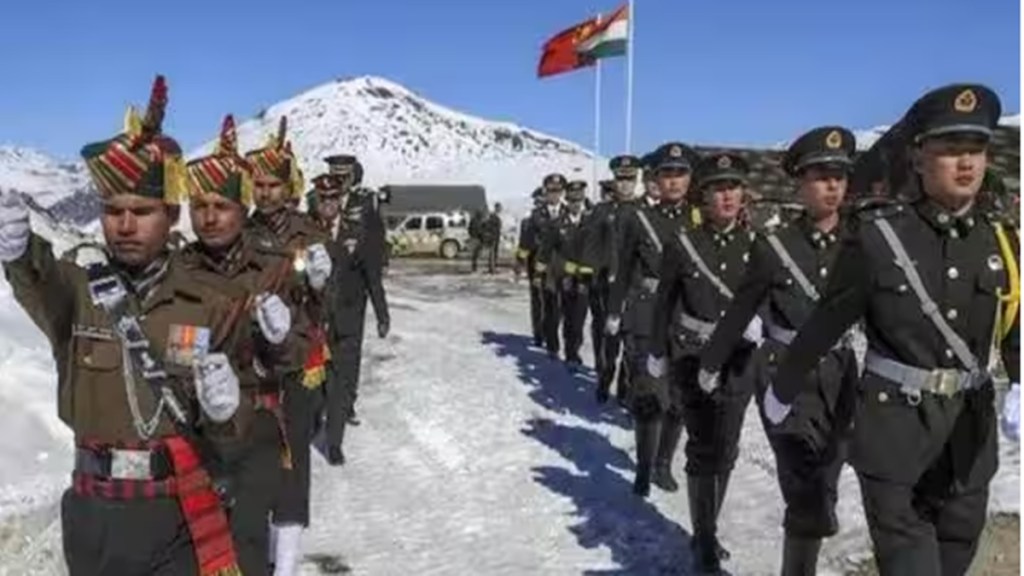With the BRICS Summit in South Africa and the G20 Summit in Delhi looming on the horizon, India and China are poised to engage in the 19th round of Corps Commander Talks on August 14, 2023. This strategic dialogue aims to pave the way for a timely disengagement in the remaining friction points within the contentious eastern Ladakh region.
Renewed Focus: Easing Tensions in Eastern Ladakh
Against the backdrop of over three years of military standoff, the forthcoming dialogue is a crucial step towards de-escalation. This discussion comes approximately four months after the 18th round of talks, which sought to alleviate tensions in the region.
Persistent Issues: Depsang and Demchok
The 18th round of military talks, held on April 23, emphasized the need for resolving ongoing disputes at Depsang and Demchok. The upcoming round of negotiations is scheduled to transpire at the Chushul-Moldo border meeting point on the Indian side, reflecting a continued commitment to diplomatic resolution.
Protracted Standoff: Overcoming Lingering Deadlock
Despite extensive diplomatic and military deliberations resulting in disengagement from various sectors, both Indian and Chinese troops remain entangled in certain friction points in eastern Ladakh. The two sides aim to overcome these lingering challenges to foster stability and cooperation.
Commanding Presence: Key Players at the Dialogue
The Indian delegation is expected to be spearheaded by Lt Gen Rashim Bali, the Commander of the 14 Corps headquartered in Leh. On the other side, the Chinese team will be led by the commander of the South Xinjiang Military District. Their presence underscores the gravity of the discussions and the commitment to constructive engagement.
Strategic Conversations: Stabilizing Bilateral Relations
Highlighting the importance of harmonious bilateral relations, Prime Minister Narendra Modi and Chinese President Xi Jinping acknowledged the necessity for stability during a dinner meeting at the G-20 summit in Bali last year. This diplomatic exchange reaffirms the shared aspiration for a peaceful and prosperous coexistence.
Recent Encounters: Setting the Stage
In a crucial step towards diplomacy, National Security Advisor (NSA) Ajit Doval engaged with Chinese diplomat Wang Yi during a BRICS meeting in Johannesburg on July 24. This meeting underscored the need for resolving the situation along the Line of Actual Control (LAC) and reinstating tranquillity in border regions.
Critical Backdrop: Eroding Strategic Trust
Since 2020, the situation along the LAC in the western sector has eroded strategic trust and impacted the basis of the relationship between India and China. National Security Advisor Ajit Doval stressed the importance of concerted efforts to restore peace along the border, thus facilitating a return to normalcy in bilateral ties.
Addressing the Root Issues
India has consistently asserted that normalized relations with China hinge on peace in border areas. The eastern Ladakh standoff emerged on May 5, 2020, following a violent altercation in the Pangong lake area.
Turning Points: Lessons from Galwan Valley
The bilateral relationship faced a critical juncture in June 2020 when a violent clash erupted in the Galwan Valley. This confrontation marked one of the most significant military conflicts between the two nations in decades.
Stepping Towards Resolution: Progress and Prospects
Through an amalgamation of diplomatic negotiations and military deliberations, progress was achieved. Disengagement was successfully completed in 2021 along the north and south banks of the Pangong lake, as well as in the Gogra area. These milestones laid the groundwork for ongoing diplomatic efforts.

